Photographs: Courtesy, Reliance Metro. Jyoti Mukul and Sudheer Pal Singh in New Delhi
Touted as the fastest Metro and the first one to be commissioned under the public private partnership (PPP) model, Delhi Airport Metro Express was supposed to be a showcase project for the Anil Dhirubhai Ambani Group (ADAG), underscoring its ability to become a major player in the infrastructure sector.
That does not seem to have worked out according to plan as the project has been plagued by a series of problems since inception.
For over three months now, the line has been completely shut down after defects were detected in the structure.
...
Why the Delhi Airport Metro faces a crisis?
Image: Delhi Airport Metro.Photographs: Courtesy, Reliance Metro.
Earlier this month, Delhi Airport Metro Express Private Limited (DAMEPL) - the special purpose vehicle created by ADAG for the project - requested for it to be financially restructured, saying it was no longer viable.
It is widely believed this is because of ridership that was lower than the break-even threshold.
However, on October 26, Delhi Metro Rail Corporation (DMRC) issued a press release saying DAMEPL's request had been rejected and the matter had been sent into arbitration.
...
Why the Delhi Airport Metro faces a crisis?
Image: Metro's customer care centre.Photographs: Courtesy, Reliance Metro.
The announcement also said the reluctant operator would soon be restarting the line.
This was despite widespread knowledge that DAMEPL was no longer willing to run the project on the prevailing contract conditions, though officially it has refrained from openly admitting that it wants to opt out.
When asked for an official comment, the company did not given any reason for seeking the restructuring.
Considering DAMEPL's contract was to run for 30 years, the multiple problems that have surfaced in less than two years don't augur well for the project, especially if one takes into account its magnitude.
...
Why the Delhi Airport Metro faces a crisis?
Image: Metro ticket issuing machine.Photographs: Courtesy, Reliance Metro.
The widespread understanding is that DAMEPL is simply finding it hard to run the Metro in a cost-effective manner and has reportedly brought down its equity in the project to as low as Rs 1 lakh. "They bid for the project too aggressively and then realised that they cannot run it," says a senior DMRC executive who does not want to be named.
In fact, the concern that the operator was finding it hard to run the project had been expressed even when the line was shut down for repairs on July 8 this year.
Then, the ADAG firm Reliance Infrastructure (R-Infra) refused to accept allegations of financial problems and had, in its meetings with the government, blamed DMRC for shoddy construction of the line.
Yet, if it was construction defects that stalled the running of the line, it is the financial mess that is causing the current crisis.
...
Why the Delhi Airport Metro faces a crisis?
Image: Delhi Airport Metro.So, what could be causing this mess? In its response to Business Standard's queries, R-Infra said since it was in a dispute resolution process with DMRC that was quasi-judicial in nature, it would not like to comment on the issue.
However, it is widely believed that the problem lies with low ridership figures. R-Infra, which created DAMEPL, along with CAF of Spain, was awarded the 30-year contract in January 2008 on the basis of the highest quote for annual concession fees to be paid to DMRC.
All expenses of civil works for the rail link, roughly Rs 2,915 crore, were borne by DMRC, with DAMEPL putting in the remaining Rs 2,885-crore investment.
...
Why the Delhi Airport Metro faces a crisis?
Image: Delhi Airport Metro.The private partner was to recover cost through fare box collection, advertisements and lease revenue from commercial spaces.
Under the agreement, DAMEPL had to pay DMRC Rs 10,000 annually as licence fee and Rs 51 crore as concession fee along with a five per cent escalation, every year. Besides, DAMEPL also has to share one per cent of the revenue for five years with DMRC.
The revenue share was to increase by one percentage point every five years till the 16th year of operation, when the private operator had to start sharing five per cent annually till the end of concession period.
For this plan to be viable, the line had to have 40,000 passengers riding it every day.
...
Why the Delhi Airport Metro faces a crisis?
Image: Delhi Airport Metro train.However, after running the service for a year, DAMEPL realised it was difficult to even reach half that mark. The ridership could never cross the 21,000 mark and just before the line was closed down and service was being run on a truncated speed, it fell to 17,000 and even less.
PPP projects in the transport sector are run on estimates of traffic. "In a situation where the best economists are unable to predict the GDP growth for the next quarter, it is not possible to correctly estimate traffic for 25-30 years," says Vinayak Chatterjee, chairman, Feedback Infrastructure.
He says that the problem, to some extent, could be solved if, while drafting the concession agreement that governs the project, various traffic scenarios could be cast so that negotiations could be done later without any heart burn or favourtism.
...
Why the Delhi Airport Metro faces a crisis?
Image: Passengers sit inside carriage of Delhi Metro rail in New Delhi.Photographs: B Mathur/Reuters.
The private operator, meanwhile, has already sent a termination notice, but DMRC has not accepted it. "Somebody will need to run the project even if Reliance exits," says the DMRC executive.
For now, however, DMRC and DAMEPL are caught in what is hopefully not a long, drawn-out arbitration.
With the repair work being executed by DMRC nearing completion and the operator getting ready to restart operations after getting necessary safety approvals, the focus would now be on viability.
...
Why the Delhi Airport Metro faces a crisis?
Image: Delhi-Gurgaon Expressway project.Chatterjee draws a parallel with the Delhi-Gurgaon Expressway project, where the traffic estimate has worked inversely.
There, volume has beaten estimates manifold, leading to jams and frequent waiver of toll levy causing a loss to the operator.
Though details of the kind of financial restructuring which DAMEPL wants are not known, it will essentially mean either a relaxation in the payment to DMRC or some sort of a moratorium on payment.
...
Why the Delhi Airport Metro faces a crisis?
Image: Delhi Airport MetroPhotographs: Courtesy, Reliance Metro.
DAMEPL will obviously build pressure on making the terms of concession agreement more suitable.
Overall, for its parent R-Infra, which has a kitty of Rs 16,000 crore worth of Metro projects - and is in the race for another in Jaipur - achieving a degree of success here will be pivotal.
After all, completion of the first phase of the Mumbai Metro is still to be achieved while both the second phase of the Mumbai Metro and the Delhi airport Metro are mired in problems, leading many to question the aggressive bidding that it did to bag the projects, causing a near collapse of the PPP model.

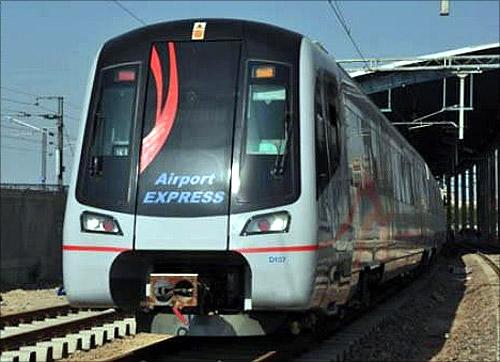
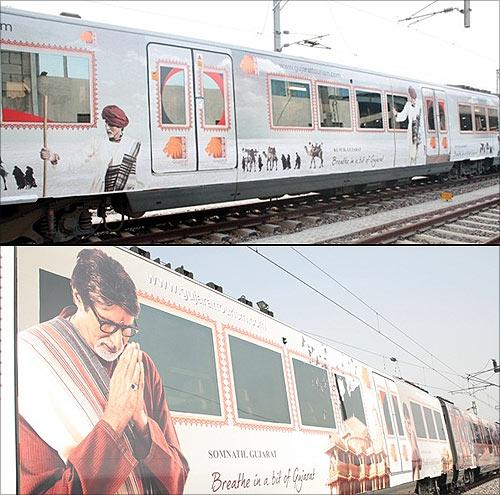
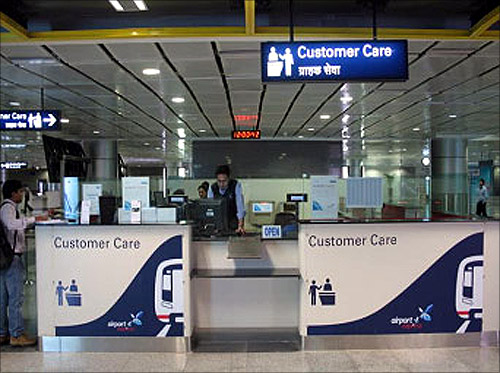

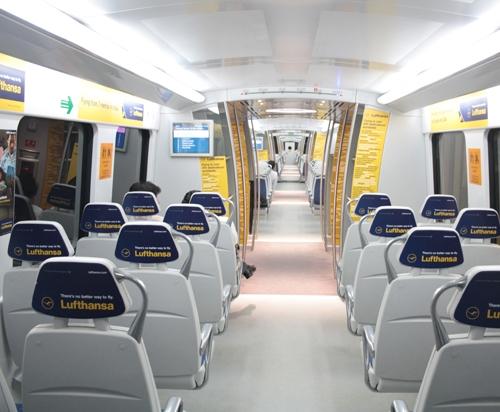


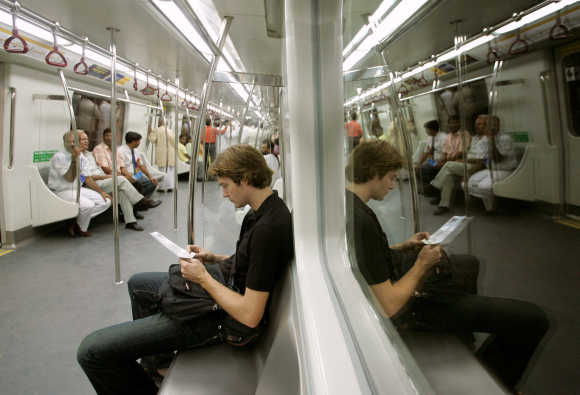
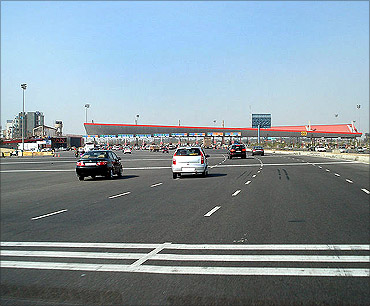


article